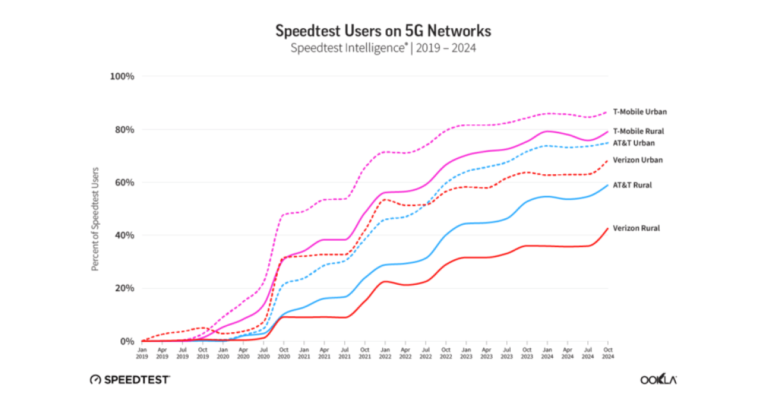In Finland, Nokia collaborates with Telia and Digita to deploy a private 5G standalone network at Kittilä mine (also known as Suurikuusikko mine). Kittilä mine is one of the largest producers of gold in Europe, owned and operated by Agnico-Eagle Mines Limited. The mine is 900km north of Helsinki and 150km north of the Arctic Circle in Lapland. It spans 192 square km, and each year ~16km of tunnels are developed.
The plan is to deploy the private 5G network in phases, starting early 2022, with an expected completion date of Oct 2022. Veljekset Toivanen Oy will be the local cooperation partner in the project.
Nokia MPW Solution & Telia’s spectrum
The private 5G network will leverage Nokia’s Modular Private Wireless (MPW) solution, consisting of Nokia’s 5G RAN AirScale technology and edge computing capabilities, together with the Nokia Compact Mobility Unit-based 5G core.
The 5G private network will support above-ground and below-ground operations reaching up to one-kilometer depth. It will also cover an extensive tunnel system in the mine and connect people, equipment, sensors, devices, and vehicles.
Benefits for Kittilä mine
With the private 5G network, Kittilä mine will be able to process data in real-time to support industry 4.0 use cases such as autonomous vehicles, high-precision positioning, and group communications. As a result, these use cases will improve – mine reliability, worker safety, quality, and operational efficiency.
Kittilä mine’s expected benefit from the private 5G network is also to provide a long service life and optimal performance for the network operating at depths up to one kilometer in the mine’s tunnel system.
Kittilä mine: Adopting new technologies
Tommi Kankkunen, General Manager of the Kittilä mine, said: “This is a significant investment in our future. At the Kittilä mine, we want to be leaders in adopting new technologies. This development step will bring tremendous possibilities for many years to come.”
The Kittilä mine has piloted autonomous and remotely controlled machinery over several years. By building a private 5G network, the Kittilä mine can take new development steps into the future.” An independently operating 5G network enables utilizing new types of mining technologies. Providing us with a private, internal network at the mine, it simultaneously improves occupational safety and operational reliability,” says Kankkunen.
Telia: Delivering on 5G possibilities
Kaisa Pajari, Head of Networking and Communications Services at Telia, said, “This significant project makes us proud and excited. The mine project has high demands, and the network will bear a considerable responsibility of enabling mine operations and safe conditions.”
“Pioneers change the world. Led by Agnico Eagle Finland, and along with our partners Digita and Nokia, we will have the chance to deliver on our promises regarding the possibilities offered by 5G,” Pajari continues.
Digita: Building a private 5G network
Digita’s COO, Markus Ala-Hautala, said, “We are very pleased to be able to participate in implementing this unique and extensive project. We are in charge of building the private network and ensure that the 5G network will enable the customer to digitize its mining operations in the future.”
Nokia: Leading the private network deployments
Stephan Litjens, Head of Enterprise Solutions at Nokia, said: “This is another great example of how collaboration across the ecosystem is essential for developing winning technology solutions to meet productivity, safety, and sustainability targets.”





















